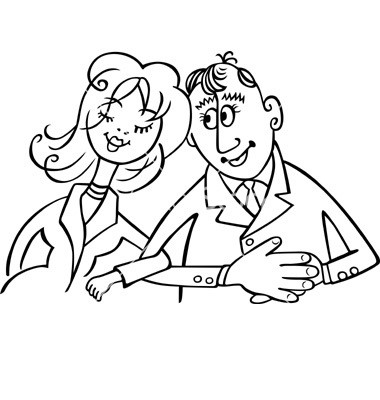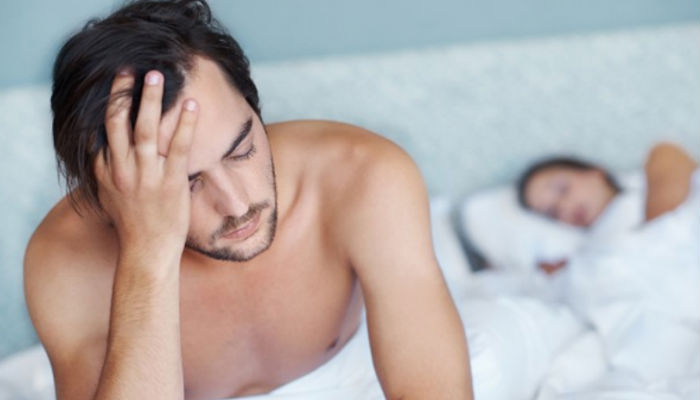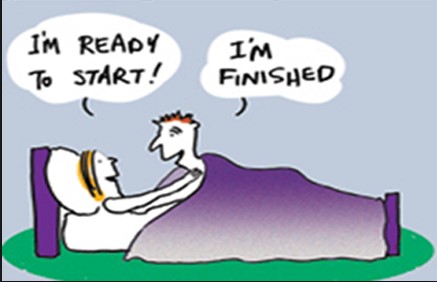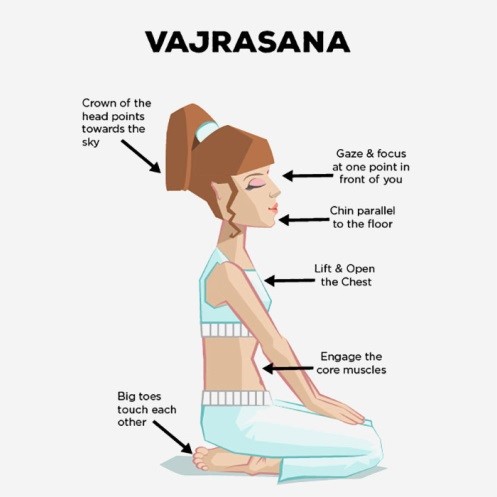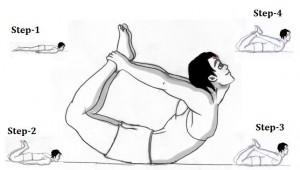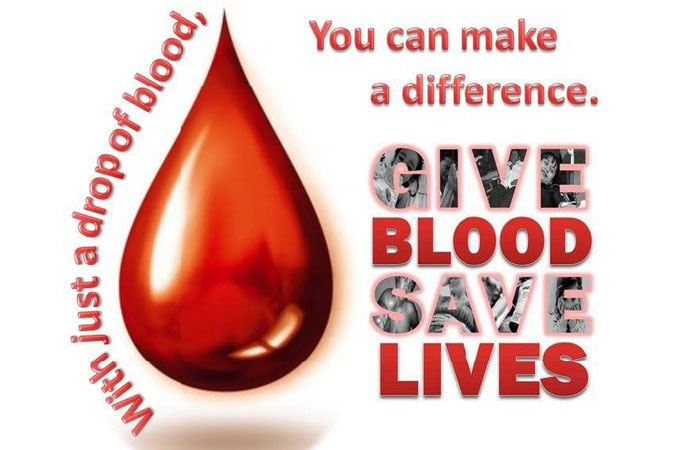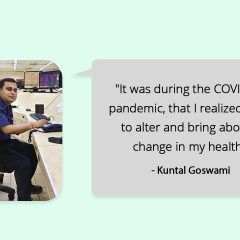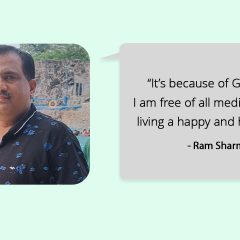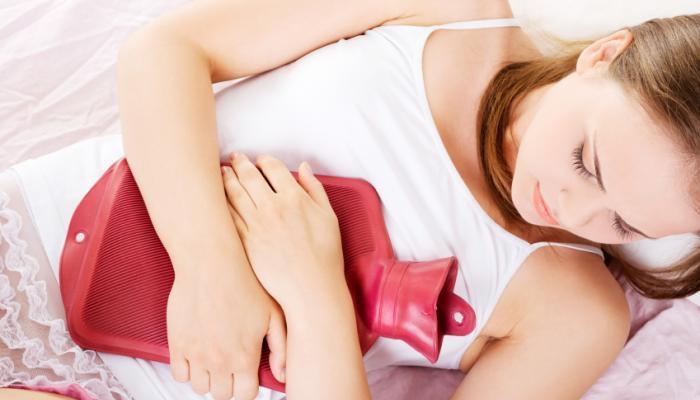
I know of many women, especially adolescents who don’t like ‘being a woman’ because of the pain during menstruation. If you are one of those or you know of such women, this article is to stop by.
Primary dysmenorrhea (menstrual pain) is a normal process of menstruation. It affects girls during adolescence and eases as they mature. It may be painful but is not harmful.
Prostaglandins (hormones that make your uterus contract during menstruation and childbirth) causes the pain. Its pain probably results from contractions of your uterus that occur when the blood supply to its lining (endometrium) is reduced. (But hey! It is a part of you and it is important, so blame it, but accept it and get on with it).

Other factors include- a uterus that tilts backward instead of forward, lack of exercise, psychological or social stress, smoking, drinking alcohol or being overweight.
Secondary dysmenorrhea is generally related to some kind of gynecological disorder. It is most likely to affect women during adulthood.
Causes
- Fibroids that develop within the uterine wall or are attached to it cause inflammation leading to pain.
- Adenomyosis – the tissue that lines the uterus (called the endometrium) begins to grow within its muscular walls. This makes the uterine walls grow thicker. It may lead to heavy or longer-than-usual menstrual bleeding, as well as pain during menstrual cycle or intercourse.
- A sexually transmitted infection.
- Endometriosis – fragments of the endometrial lining that are found on other pelvic organs.
- Pelvic inflammatory disease, which is primarily an infection of the fallopian tubes, but can also affect the ovaries, uterus, and cervix. It is caused primarily by sexually transmitted infections that spread up from the opening of the uterus to these organs.
- An ovarian cyst or tumoris a sac filled with fluid that forms on or inside of an ovary causes pain.
- The use of an intrauterine device (IUD), a birth control method leads to painful menstruation which decreases overtime.
‘Pain’ is the body telling us that something is not right. So listen to what your body is telling you. While you must seek medical advice for secondary dysmenorrhea, do consider the following as well.
Be comfortable with your body. The negative messaging at times can become a part of the sub-conscious mind which rejects the female body. So anything which reminds the body of being a ‘woman’ will hurt.
Have a balanced diet. Ensure your diet includes foods rich in Vitamin B12, D, omega-3 fatty acids and calcium. As an extra tip, ginger is a wonder herb that can effectively ease menstrual cramps as it lowers the levels of pain-causing prostaglandins.
A hot water bag relaxes the contracting muscles in your uterus.
Make sure your hemoglobin level is within the normal range by including iron rich foods along with foods high in Vitamin C in your everyday diet.
An orgasm can help relieve all kinds of pains. Before an orgasm, the uterus is more relaxed, and during climax, blood flow increases, helping to relieve the cramps. The endorphins released after sex will make you feel better instantly.
Eat 2tbs of flaxseeds every day during periods reduces prostaglandin levels in the body.
Keep yourself hydrated during your period (and otherwise too!).
Exercise increases the blood flow which will calm the pain naturally.
Be happy and you will feel your body responding better and dealing better with pain during your period.
Yoga Postures to relieve menstrual pain
One Legged PigeonPose stretches the entire lower part of the body, stimulates the abdominal organs.

Matsyasana (Fish pose) is a back-bend that stretches and stimulates the belly muscles.

JanuShirasana (One-legged Forward bend) massages the abdominal organs.

Dhanurasana (Bow pose) strengthens the abdominal muscles and stimulates the reproductive organs.

Bhujangasana (Cobra pose) stretches and tones the abdomen.
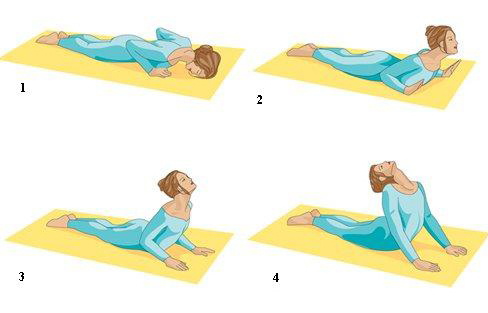
Ustrasana (Camel pose) stretches and opens the front of the body.
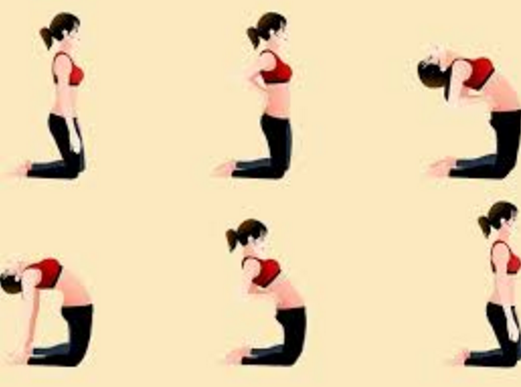
Yoga is one of the means to reach your goal of painless menstruation. Don’t forget to respect your body and give it time to overcome the pain.

